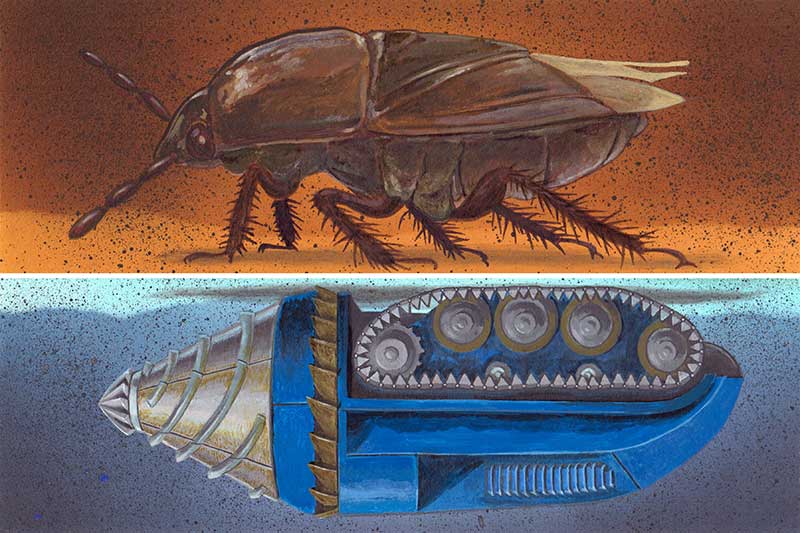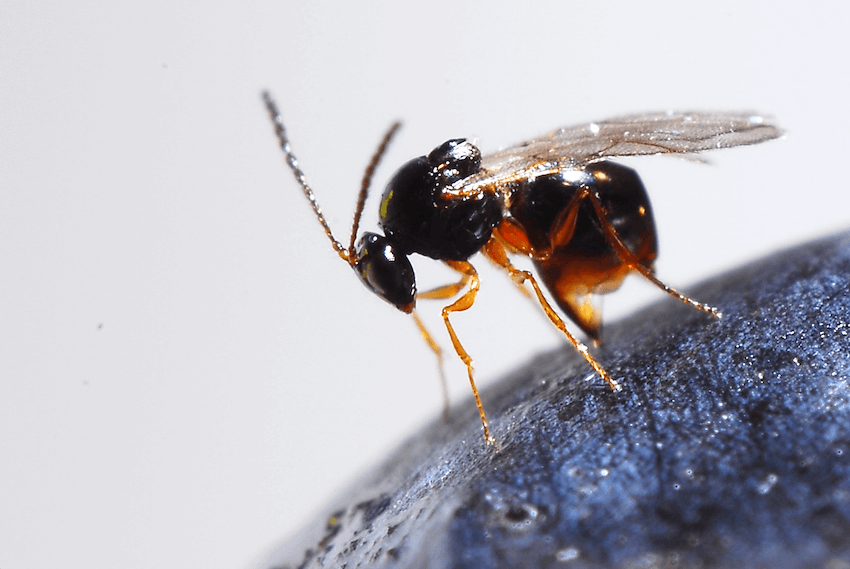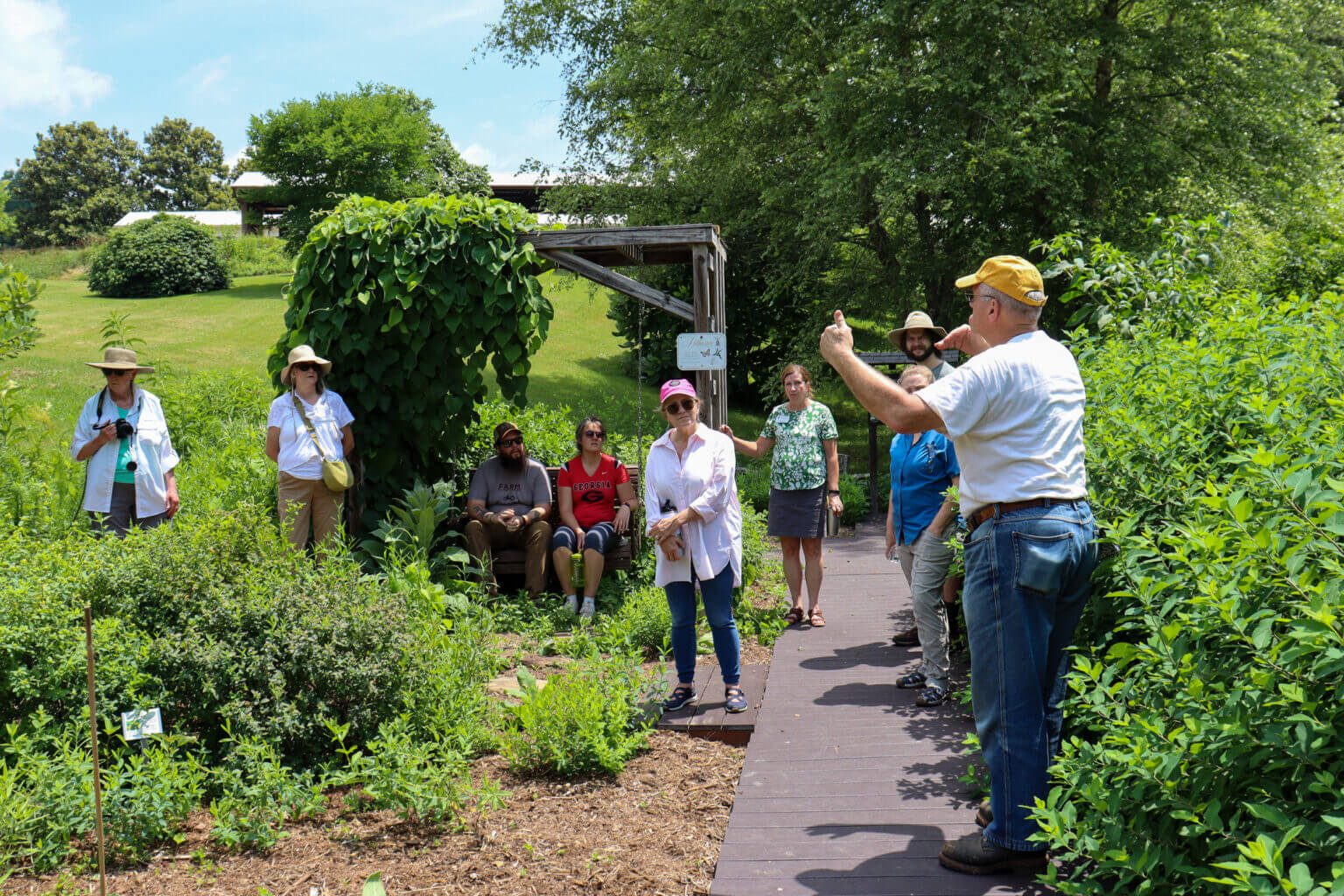-(1).png) CAES News
CAES News
Plant Robotics
Say hello to Watson. A four-wheeled, phenotyping robot that operates autonomously or under human control, Watson is taking shape in Changying “Charlie” Li’s lab at the Phenomics and Plant Robotics Center (PPRC) on the University of Georgia’s Athens campus in collaboration with researchers in the College of Agricultural and Environmental Sciences.


.jpg)


